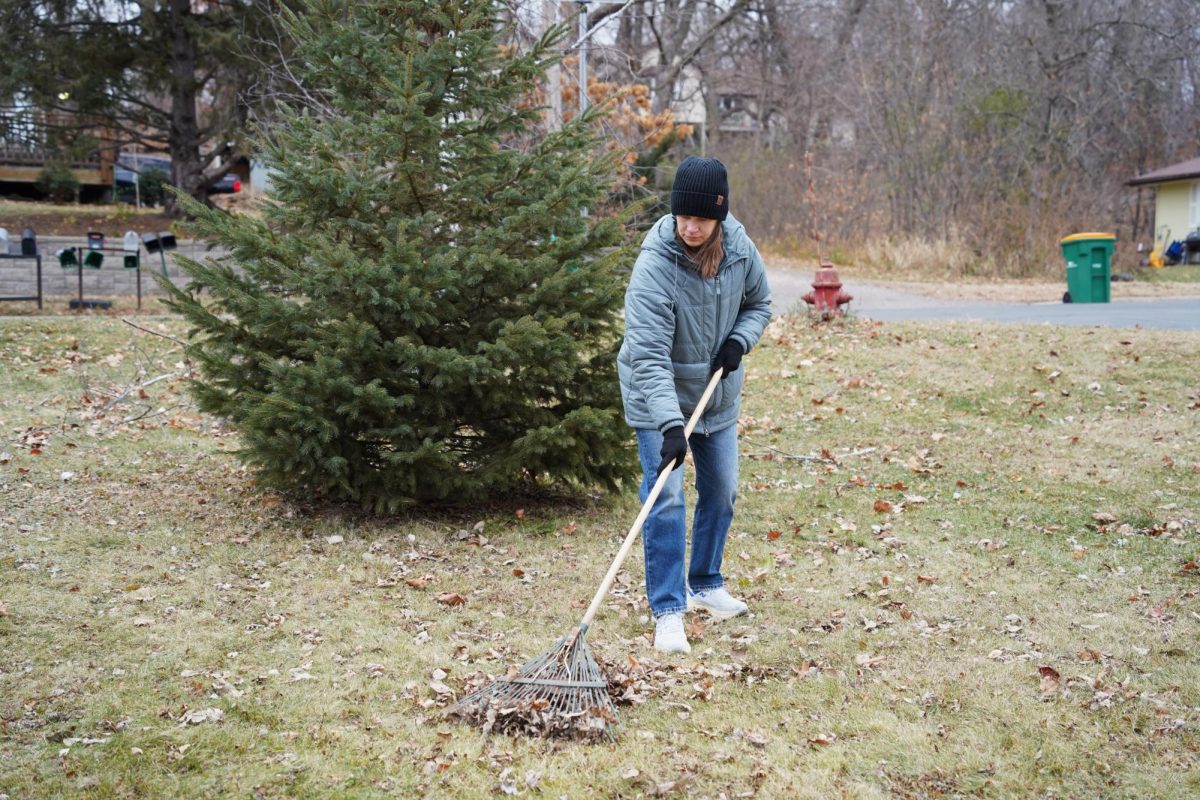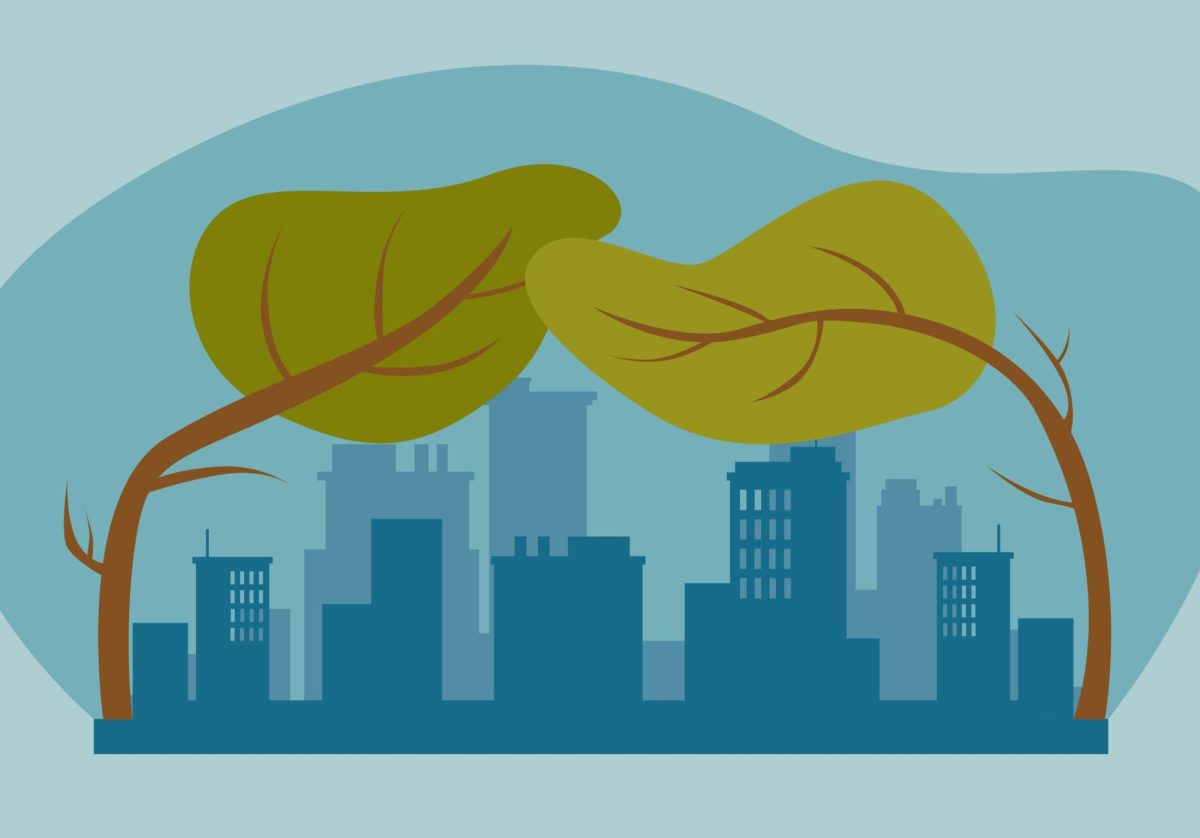Fall is the time of year when leaves begin to fall and the weather takes a turn below freezing.
While the trees no longer need the leaves, animals do. Insects and reptiles live in the leaves, pollinators leave their eggs and mammals hide food in the leaf piles on front lawns and in parks.
Raking up and mulching the leaves can eliminate an entire animal generation. Derek Carwood, program manager of adult education at the University of Minnesota’s Landscape Arboretum, said raking leaves is outdated.
“Leaving your leaves will allow you to have something nice to look at over the winter,” Carwood said.
Carwood said many animals use the leaves as a food source and a place to reproduce.
“We are not just creating a McDonalds’ but creating a home for the animals,” Carwood said.
Some insects that use the leaves include wooly bear caterpillars, butterflies, moths, walking stick bugs, millipedes, centipedes and pill bugs, according to University Insect Club President Jena Ostendorf.
Emily Marin, the University Minneapolis landcare maintenance team supervisor, said workers try to leave the leaves as much as possible, but too much leaf buildup can cause problems like clogging drains and creating fungal pathogens.
“We do try to leave as many leaves as we can in the landscape, not only because it’s beneficial for invertebrates and different kinds of other insects, but also because the leaves actually provide an amount of fertilizer that’s really useful for plants and turf and things, so we do try to leave as much of it as we can,” Marin said.
Leaves are bagged up and moved if necessary, Marin said. Leaves are swept off of stairs, streets and storm drains to be composed on the St. Paul campus and turned into soil.
Third-year University student Willa Krase, who has been a landcare worker for about four months, said she feels conflicted between her job and her love for insects.
“I do feel conflicted because if you’re gonna like having an effective pollinator garden you should just leave everything where it is,” Krase said. “But then it doesn’t look very nice, like people consider it to look messy or unfinished so I’m really not sure if there’s a happy medium that we could go to.”
If leaves need to be removed, Ostendorf said leaf piles can instead be relocated or wire fencing can be put up to keep the leaves in.
“A lot of college students don’t have a yard but can do their part by paying attention to storm drains to prevent those from getting clogged and just leaving the leaves the way they are,” Ostendorf said.
Jon Trappe, the horticulture, turf and urban greenspace extension educator at the Landscape Arboretum, said mulching, mowing and leaving the leaves is another alternative to raking them. By leaving leaves alone, nutrients can be returned to the soil.
“There’s also some value behind protecting that ground and ground-nesting insects and providing a little bit better habitat for them by leaving those leaves, or as you mulch and mow, leave those there in your lawn, as opposed to bagging or collecting those leaves for them to all be composted off-site,” Trappe said.
Carwood said if people have a healthy ecosystem in their yard, it is best to leave it.
“You have never gone into a forest and thought ‘I need to clean up’ or gone into a prairie and thought ‘It’s dirty,’” Carwood said. “So why think the same about your yard?”












